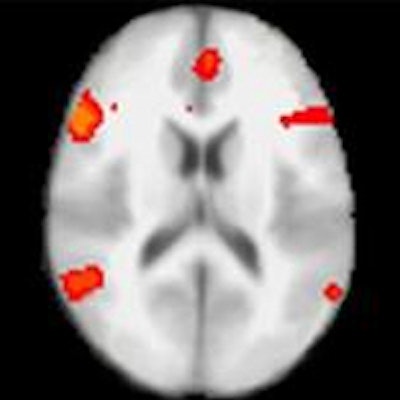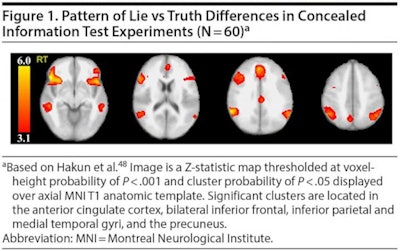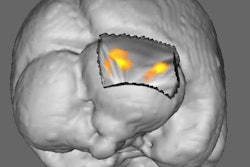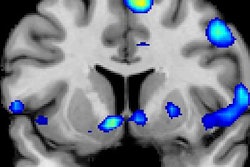
The next time you think someone is telling a lie, give them a functional MRI (fMRI) scan instead of a polygraph test.
Researchers from the University of Pennsylvania found that fMRI experts without prior experience in lie detection were 24% more likely to detect the deception on fMRI than professional polygraph examiners were using polygraphy. Study results were published in the October issue of the Journal of Clinical Psychiatry (Vol. 77:10, pp. 1372-1380).
fMRI analyzes thousands of brain clusters with higher resolution in both space and time compared to a polygraph, which measures complex activity of the peripheral nervous system through only a few parameters, explained lead author and professor of psychiatry Dr. Daniel Langleben in a release from the university.
The blind, prospective study was designed to compare the accuracy of fMRI and polygraphy for detecting concealed information, according to Langleben and colleagues. They gave 28 subjects a Concealed Information Test (CIT) that included carefully constructed questions to determine whether a person had specific knowledge. Some of the questions had known answers, so falsehoods would produce spikes in physiological activity, such as sweaty hands or increased heart rates.
 fMRI illustrates significant areas of brain activity in the anterior cingulate cortex, bilateral inferior frontal, inferior parietal and medial temporal gyri, and the precuneus, which were activated when someone was lying. Image courtesy of the University of Pennsylvania/Journal of Clinical Psychiatry.
fMRI illustrates significant areas of brain activity in the anterior cingulate cortex, bilateral inferior frontal, inferior parietal and medial temporal gyri, and the precuneus, which were activated when someone was lying. Image courtesy of the University of Pennsylvania/Journal of Clinical Psychiatry.The participants were asked to secretly write down a number between 3 and 8. They then were given the CIT while connected to a polygraph or while inside an MRI scanner. Each subject received both tests in a different order a few hours apart. During both sessions, they were asked to answer "no" to questions about all of the numbers, which meant that one of the six answers would be a lie.
The polygraph and fMRI results agreed on the concealed number in 17 cases, all of which were correct. In one particular case, fMRI clearly showed increased brain activity when a participant, who picked the number 7, was asked if that was their number; those examining the polygraph counterpart incorrectly identified the number 6 as the lie.
While it is still too soon to say whether fMRI will ever become a forensic tool, Langleben said the data justify further investigation of the modality's potential.




















